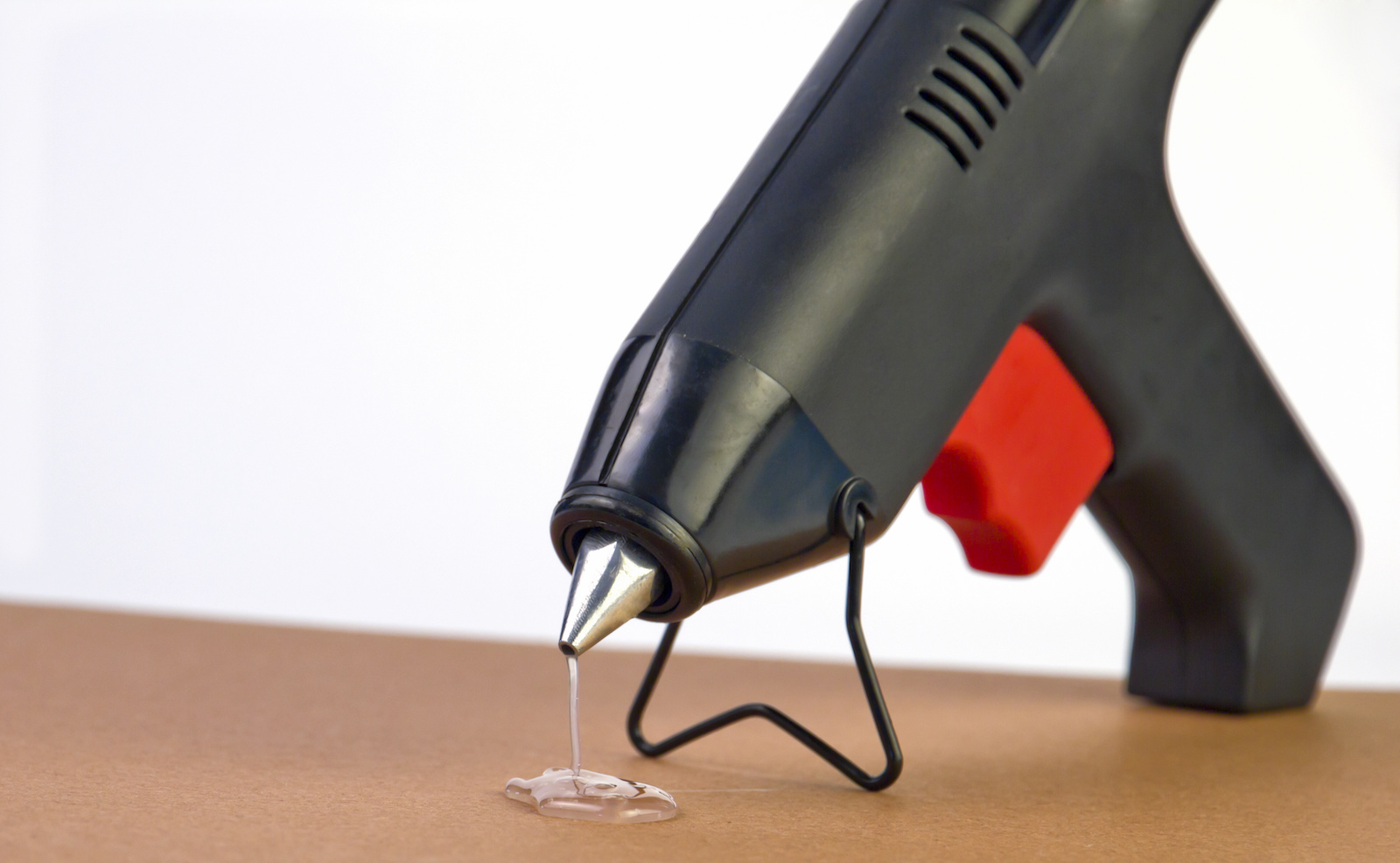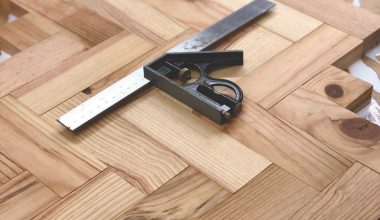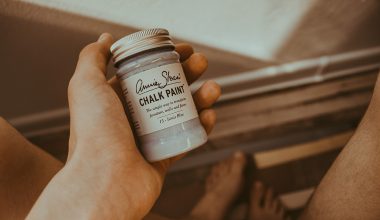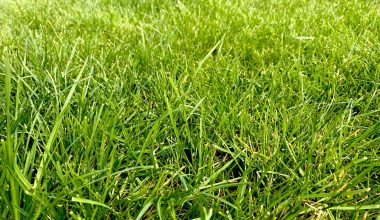Hot glue from a glue gun is a durable and useful adhesive for a lot of different projects. Often used in crafts, it can be quite messy if you’re not careful. If you’re using hot melt, it’s likely you’ll also need to know how to remove it.
This short article will take you through a few tips for removing hot melt from different surfaces. First, though, you might be wondering: is hot glue easy to remove?
Is Hot Glue Easy To Remove?
The short answer is that it depends on the surface it’s stuck to. Melted glue from a glue gun dries fast and is pretty hard, so it’s not going to be the most straightforward substance to remove.
Our top tip for most surfaces, however, is to leave the hot glue to dry before you attempt to remove it. This is because whatever you’re doing, removing glue which has cooled and is in one solid lump is much more straightforward than trying to get hot, melted glue off. It’s also a lot safer as hot melt can be dangerous!
Removing Hot Glue From Fabric
Spilling hot glue on fabric is a relatively easy problem to solve. First, we recommend you don’t touch the glue once it’s on the fabric until it’s dried. If you do, it might smear around and get into the weave of the fabric. This could make it near impossible to get out.
One good way to get hot glue off of fabric is put the fabric in your freezer for an hour or two. This will harden the glue to the point that you should be able to scrape it off with a blunt knife, spoon, or other utensil. Do this gently though, or you might damage your fabric beyond repair!
Additionally, you can use some acetone or another alcohol-based substance to soak the affected area and get the glue out. However, this can damage some fabrics, especially those with dyed colors. That’s why we’d recommend the freezer method if you’re able to do it.
Removing Hot Glue From Metal, Wood, Glass, And Plastic
Dropping hot glue on metal, glass, and plastic surfaces are common when crafting or doing some DIY. You might have spilled some hot melt on your floor or a brand new kitchen table, and need a quick solution so as not to damage it.
Again, just like for fabric surfaces, allow the glue to dry completely and cool down before you attempt removal. Rubbing alcohol is the easiest way to get rid of hot glue. Apply some to the dried glue with a cotton swab and hold it there for a couple of minutes. You can rub gently to loosen the edges of the drop of glue. Eventually, it should just start to peel off.
However, just like with fabric, you need to be careful when using rubbing alcohol. It might damage the surface you’re using it on, especially if that surface is a soft wood like you might find on a table. Just remember the risk, and go slowly and gently when trying to remove the glue.
Removing Hot Glue From Skin
Finally, you might be unlucky enough to drop some hot glue on your skin. Whilst using a glue gun you should take always precautions and keep it as far away from bare skin as possible. However, sometimes accidents do happen, and you might need to know how to remove it!
If you get hot glue on your skin (or someone else’s), run the skin under some cold water straight away to try and wash it away before it dries. This is the one time you shouldn’t leave the glue to set!
If you’re a bit too late and the glue has already hardened, really carefully peel the glue away from your skin. Don’t use any rubbing alcohol for this. If you’ve burnt yourself on the hot glue, acetone or rubbing alcohol might cause even worse burns.
Once you’ve managed to get the glue off, use a good dose of antibacterial cream or spray from the drugstore to keep the affected area clean. If it’s a bad burn, you might want to cover it up with a bandage or band-aid to prevent infection. Most importantly, be super careful with your skin and if you’ve burnt it really badly, go and see a health professional! A glue gun can be a dangerous tool if not used properly.
How Do You Remove Hot Melt Without Rubbing Alcohol?
If you don’t want to use alcohol to remove melted glue from some surfaces, what can you do?
Well, as we’ve mentioned already, fabric can be put in the freezer for a bit to get hot melt out. But this isn’t always possible. You can use some vinegar as a substitute for acetone, but this might also damage the surface you’re using it on. Soaking the area in warm water and soap might help if the glue isn’t very strong. However, in some cases, acetone or rubbing alcohol will be your best bet!






